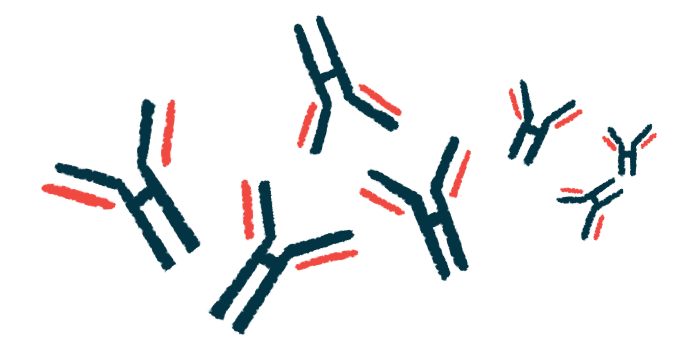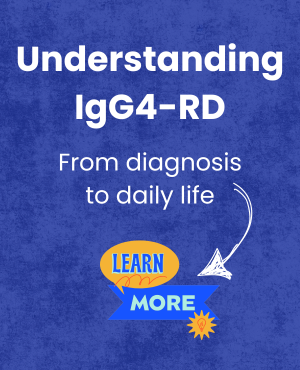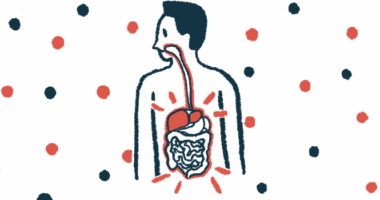High IgG4 antibody levels in inactive disease not tied to risk
Sudden increase may predict future activity in asymptomatic patients

High levels of IgG4 antibodies are not associated with an increased risk of clinical disease activity in people with IgG4-related disease (IgG4-RD) who don’t have active IgG4-RD symptoms, but a sudden rise in these antibodies may predict the recurrence of symptoms, a study found.
Monitoring for rising IgG4 levels in the blood may help predict when the disease might come back in patients who have no symptoms but still have high and stable IgG4 levels, the researchers said.
The study, “Exploring the clinical characteristics and long-term outcome of serologically active clinically quiescent IgG4-related disease: knowledge from a prospective cohort,” was published in Clinical Rheumatology.
IgG4-related disease is a chronic condition marked by the buildup of abnormal immune cells that produce a specific antibody called IgG4. The disease can be classified as clinically active, when a patient shows clear symptoms, or serologically active, when blood levels of IgG4 are elevated.
Among people with IgG4-RD that is clinically quiescent — meaning there are no signs or symptoms of the disease — some patients have serologically active disease with high IgG4 antibody levels, whereas others have serologically inactive disease with low IgG4 antibody levels. The researchers, in China, wanted to examine if future outcomes were different between these two groups.
IgG4 antibody levels and relapse rates
The scientists assessed outcomes from 376 IgG4-RD patients. All had clinically quiescent disease, with no symptoms for at least two years. Among them, 268 had high IgG4 antibody levels (serologically active), while the other 108 had low IgG4 antibody levels (serologically inactive).
Findings showed that rates of disease relapse — that is, new symptoms appearing or old symptoms returning — were similar for serologically active and inactive patients. Over an average follow-up time of more than four years, relapse rates were just shy of 17% in both groups.
“Our study did not observe an increase in relapse rates in the [serologically active, clinically quiescent] group compared to the [serologically inactive, clinically quiescent] group,” the researchers concluded.
The researchers noted that patients with serologically active disease who experienced relapses tended to have increases in IgG4 antibody levels beforehand. By contrast, in serologically active patients who didn’t relapse, IgG4 antibody levels tended to decrease over time.
“A valuable finding of our study was that a re-elevation of IgG4 levels … during follow-up compared to the start of [serologically active, clinically quiescent] could help predict relapse events,” the researchers wrote.
Patterns of organ involvement were also similar in the serologically active and inactive groups, though the researchers noted that there were some differences in immune cell counts. For instance, patients with serologically active disease tended to have higher levels of plasmablasts, a type of cell that can secrete IgG4 antibodies.
IgG4-RD is often treated with anti-inflammatory medications called glucocorticoids, but prolonged use of glucocorticoids can cause unpleasant side effects, so patients are often tapered off of these medications if their disease is stable. The researchers noted that, among patients with serologically active disease, there was no difference in relapse rates between patients who did or did not undergo glucocorticoid tapering.
“Tapering the [glucocorticoid] dose with caution is feasible,” the researchers concluded, though they stressed that further studies will be necessary to determine the optimal dosing for people with IgG4-RD that is clinically quiescent but serologically active. The researchers noted that changes in other immune-suppressing drugs didn’t seem to influence relapse risk in patients with serologically active disease.
The scientists also noted that the study was limited to data on patients seen at one center, so more work will be necessary to validate the results.






